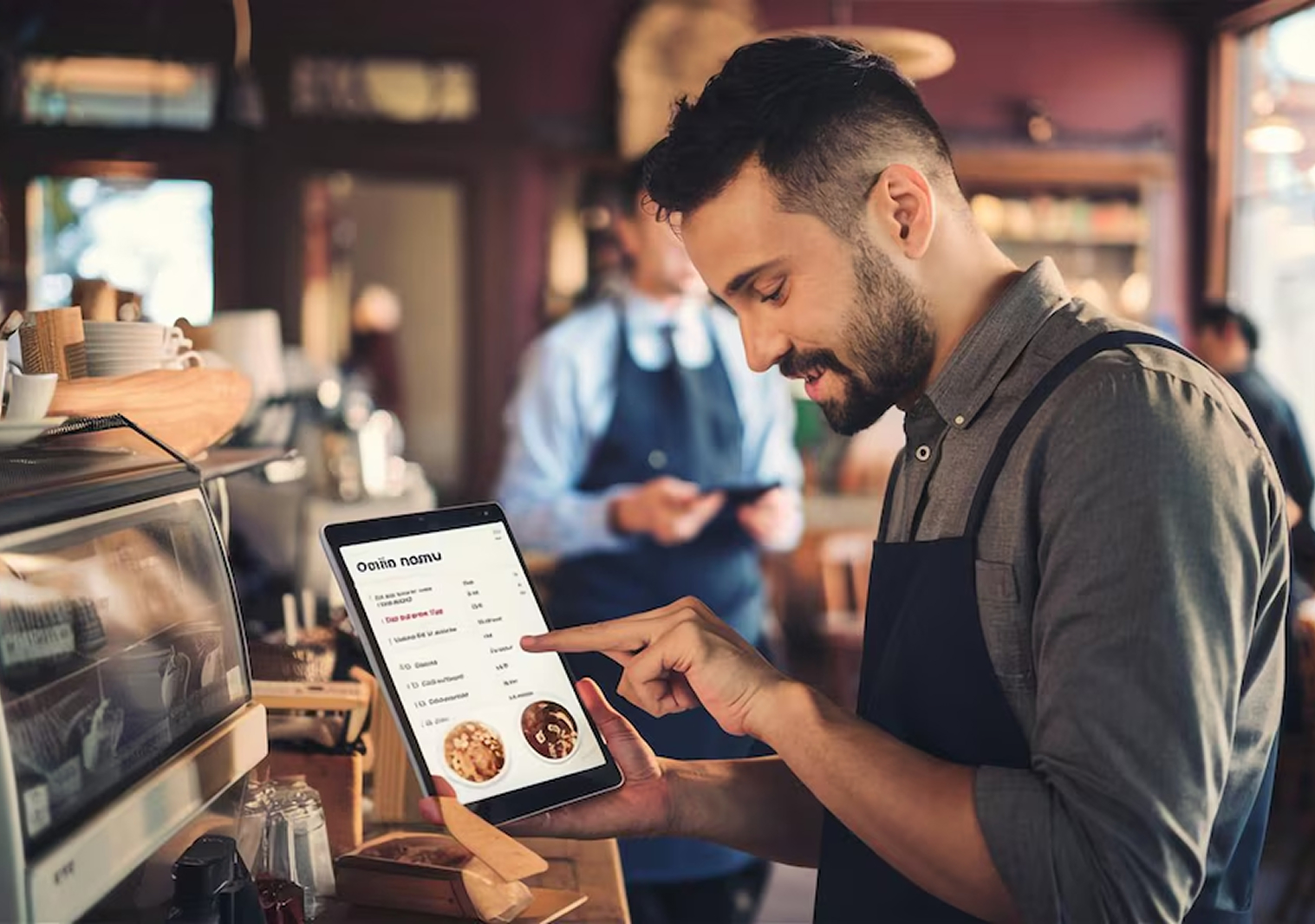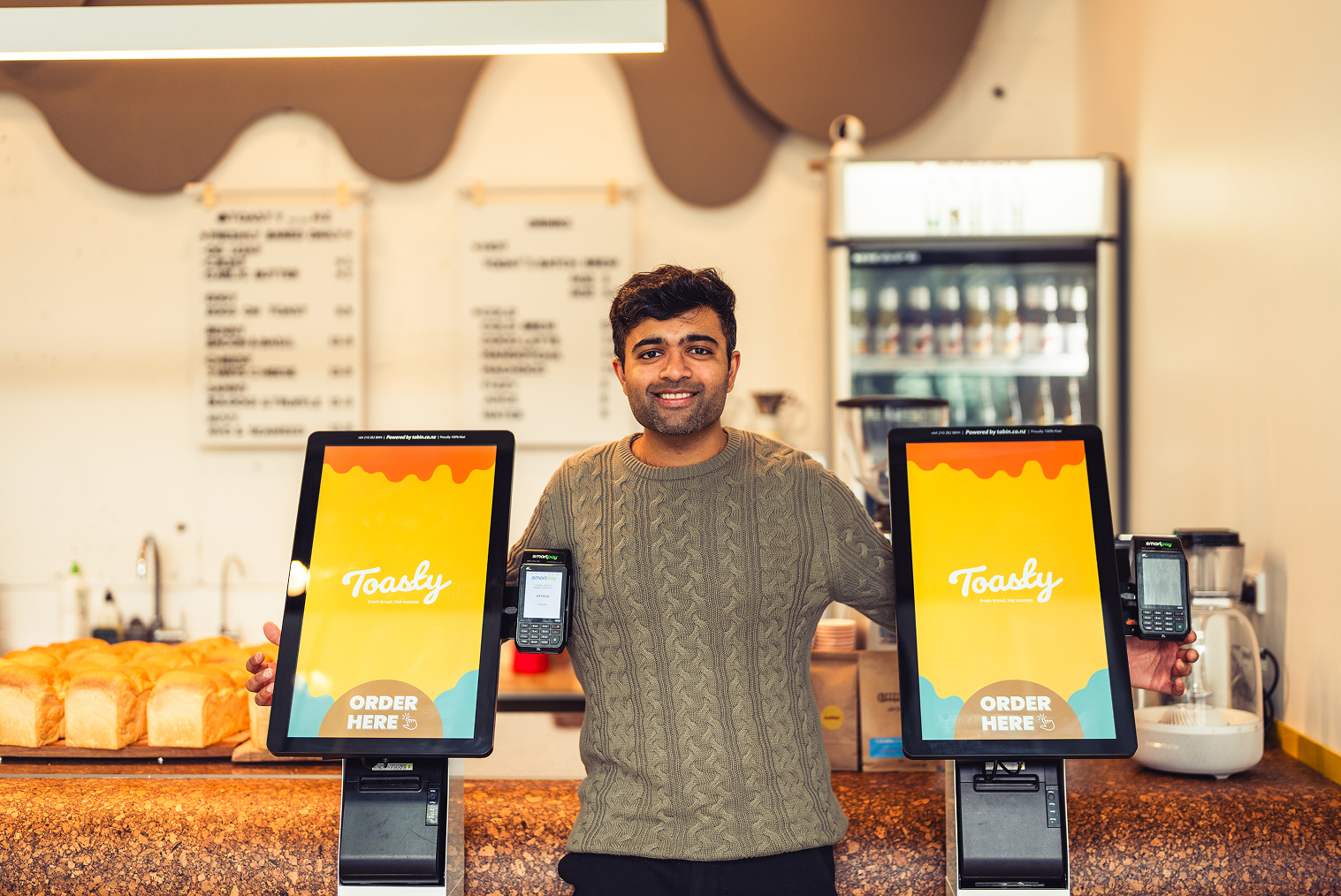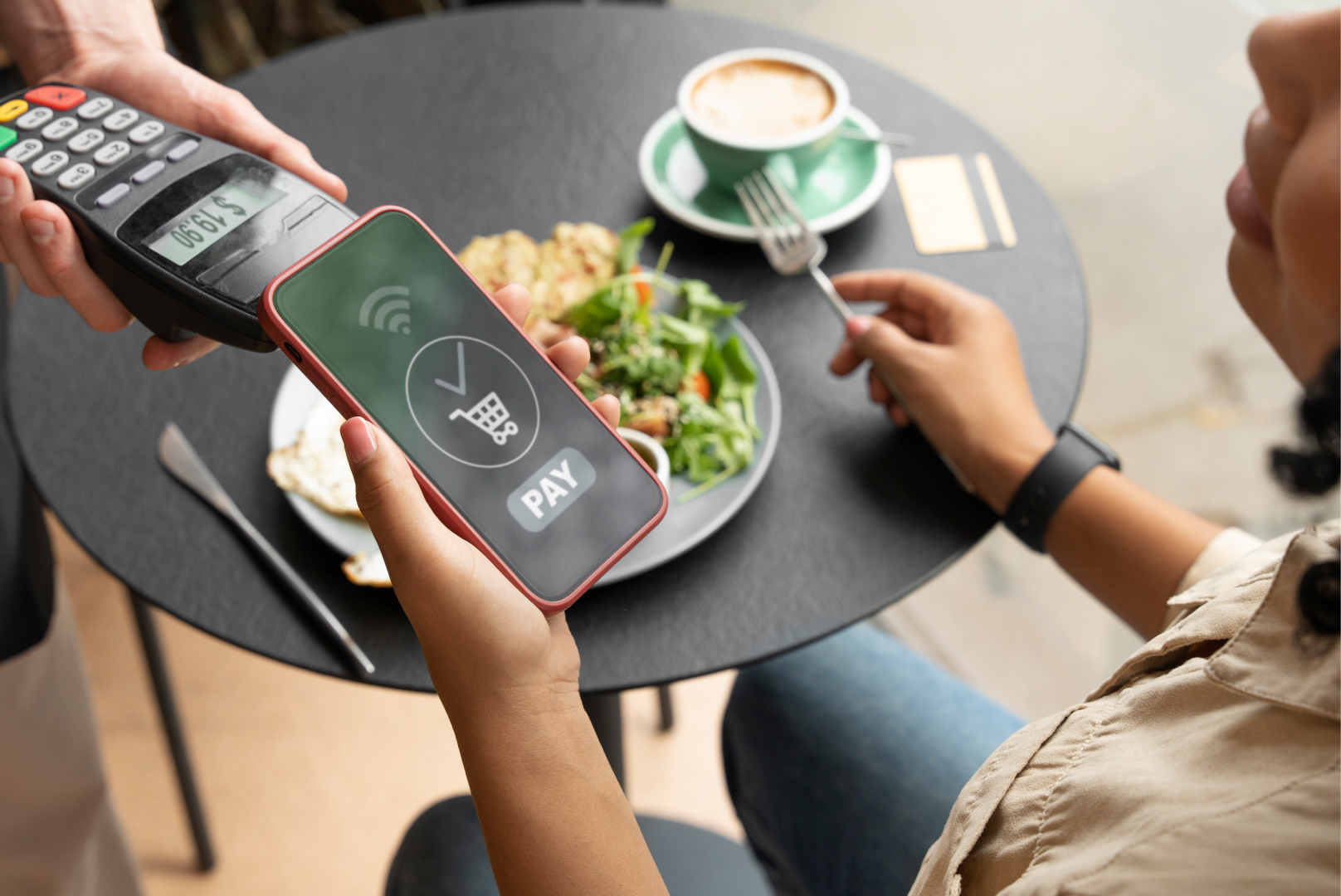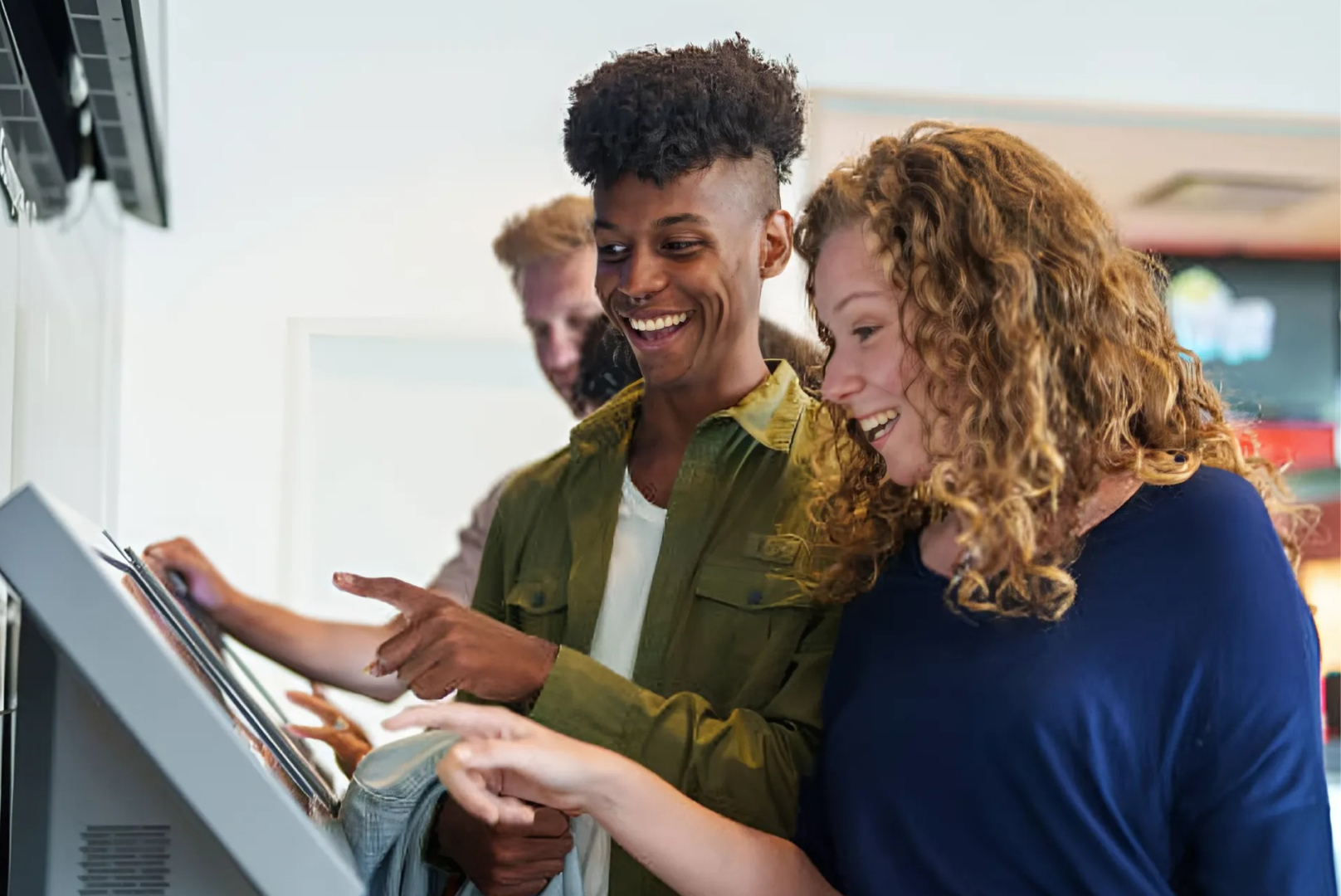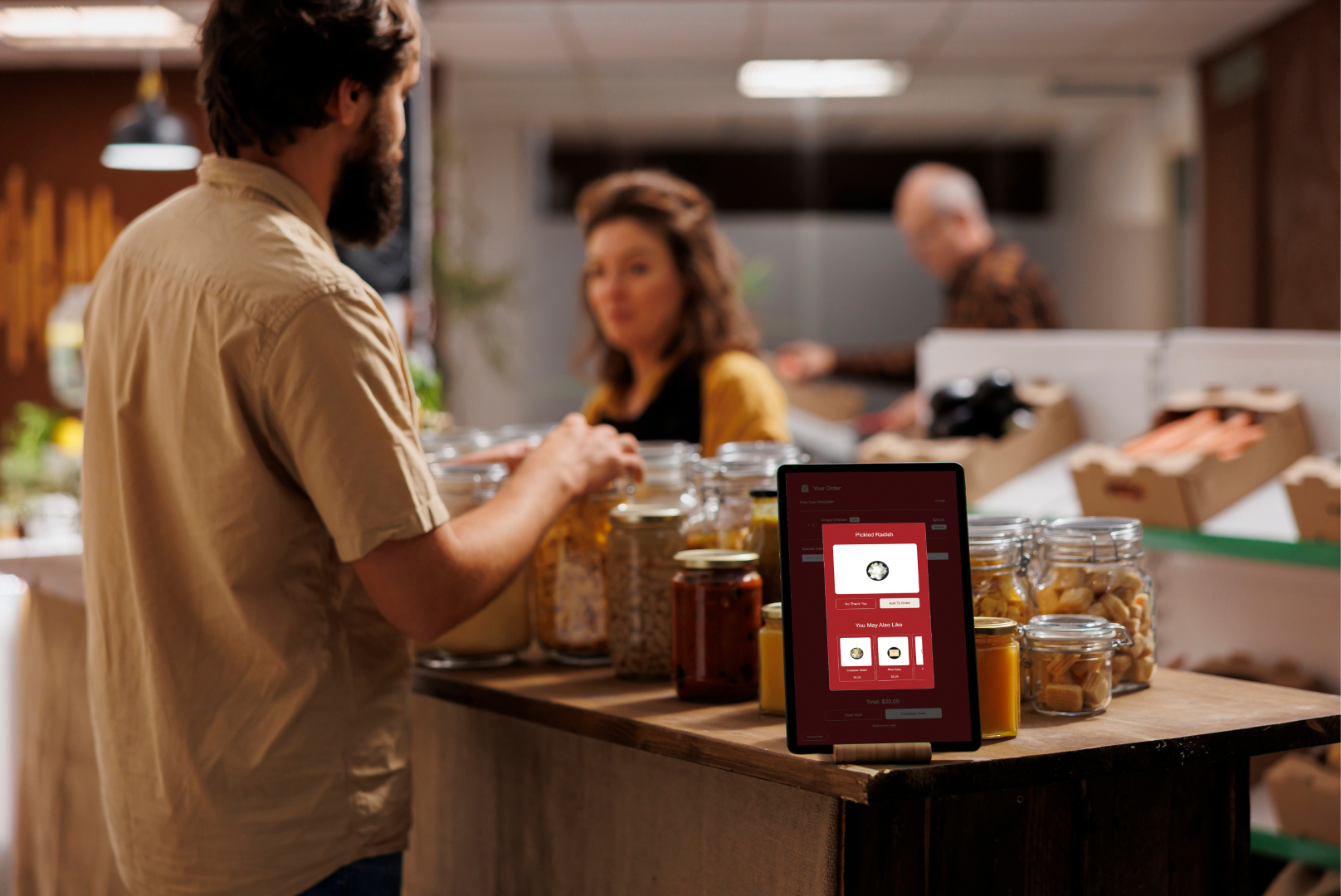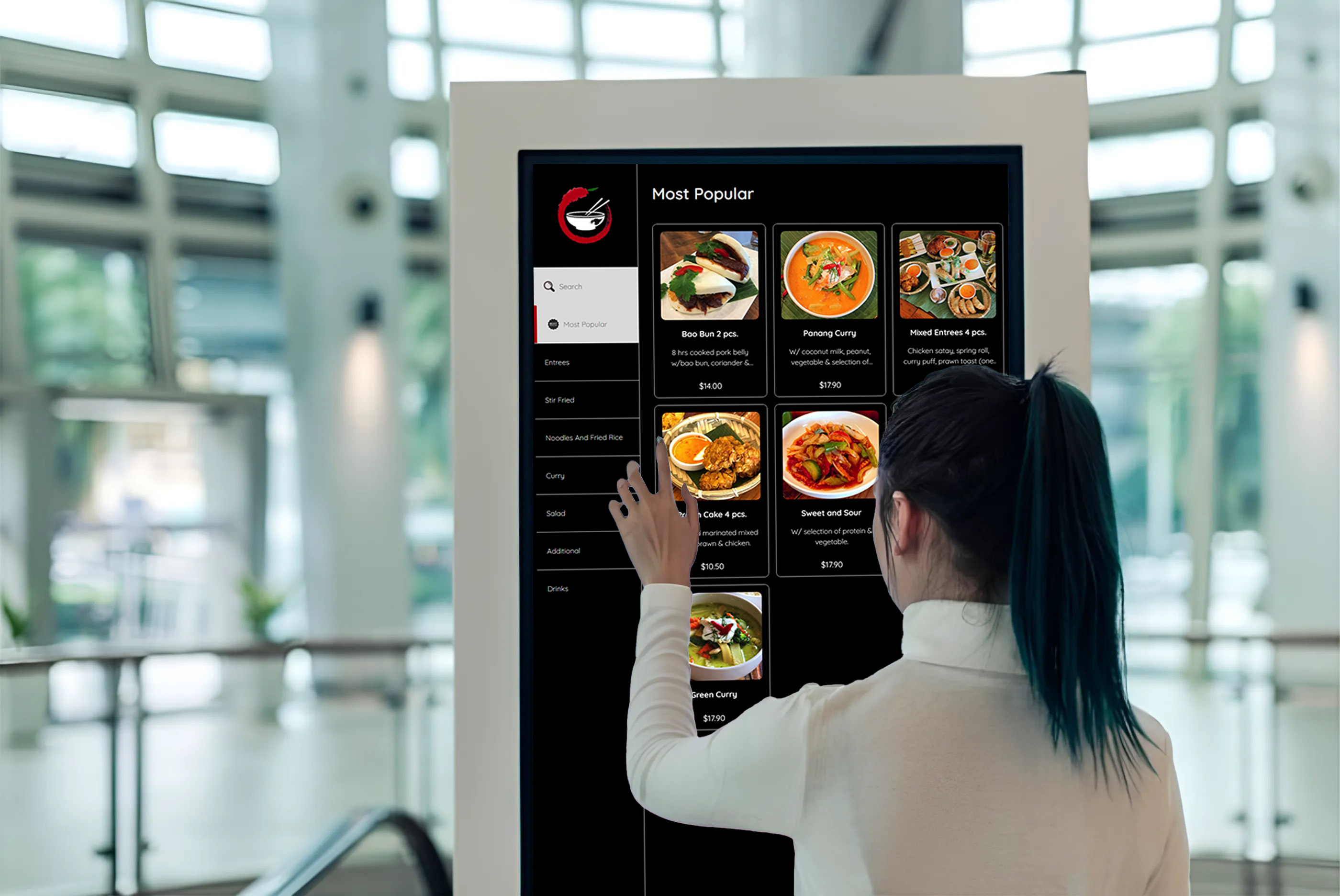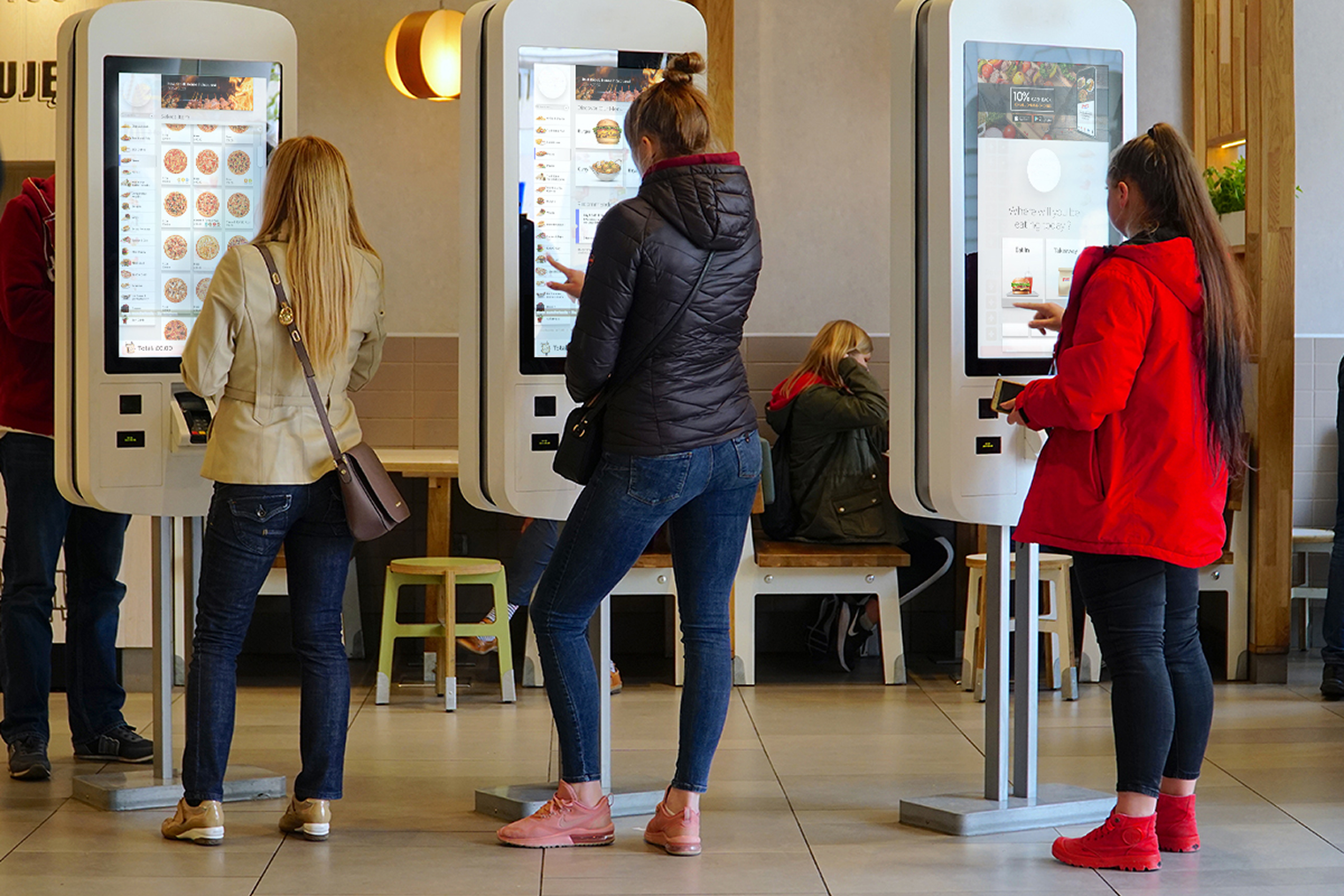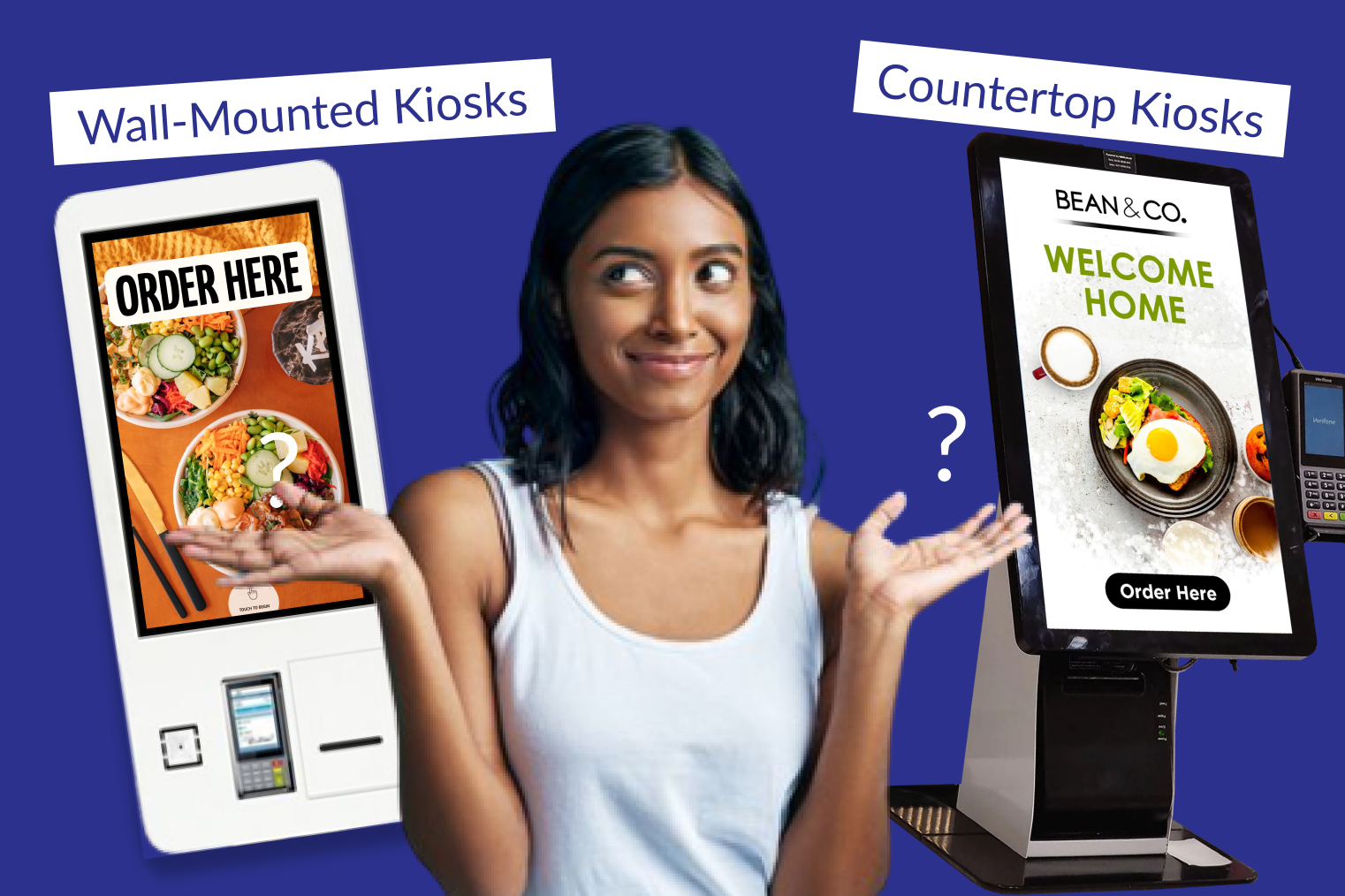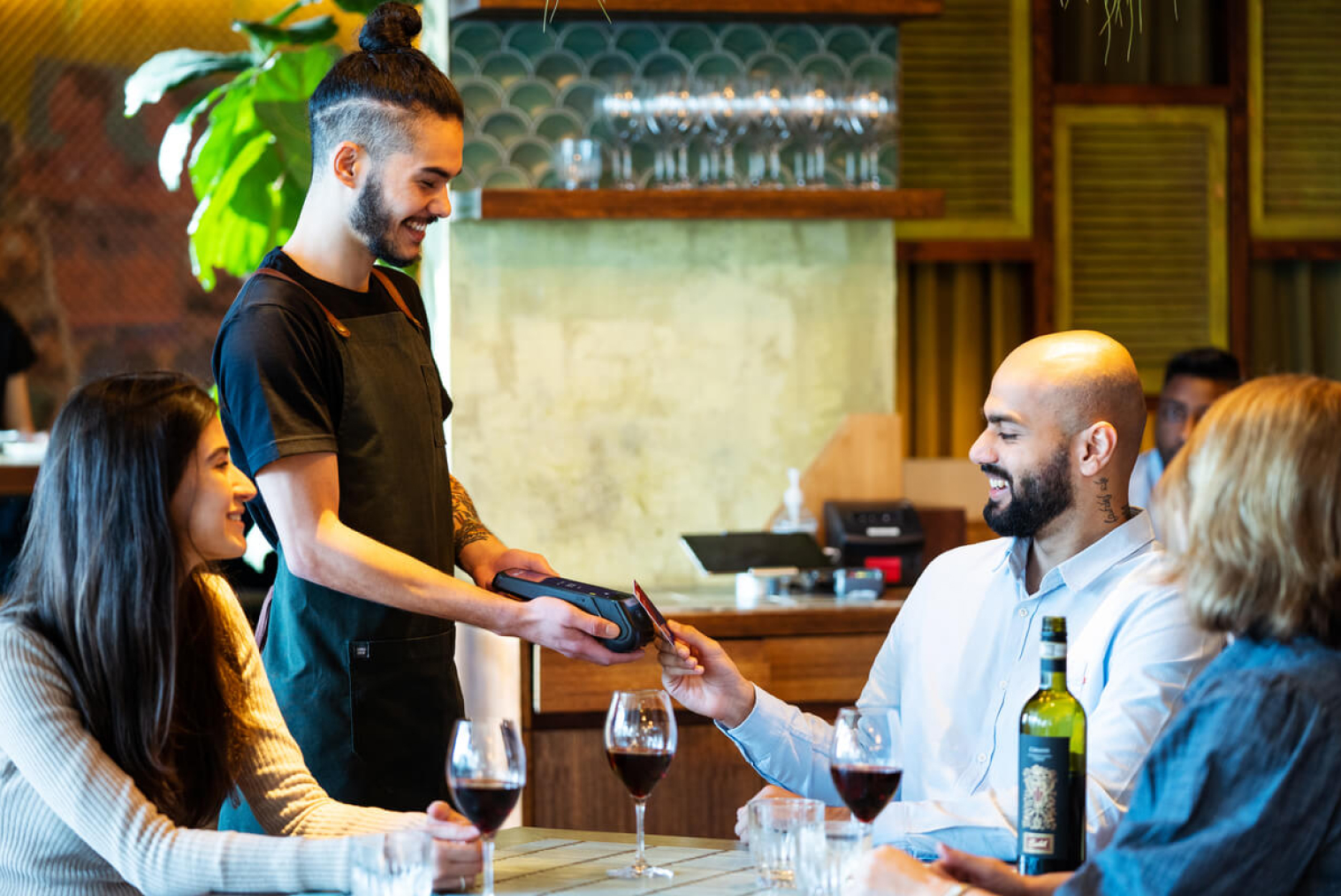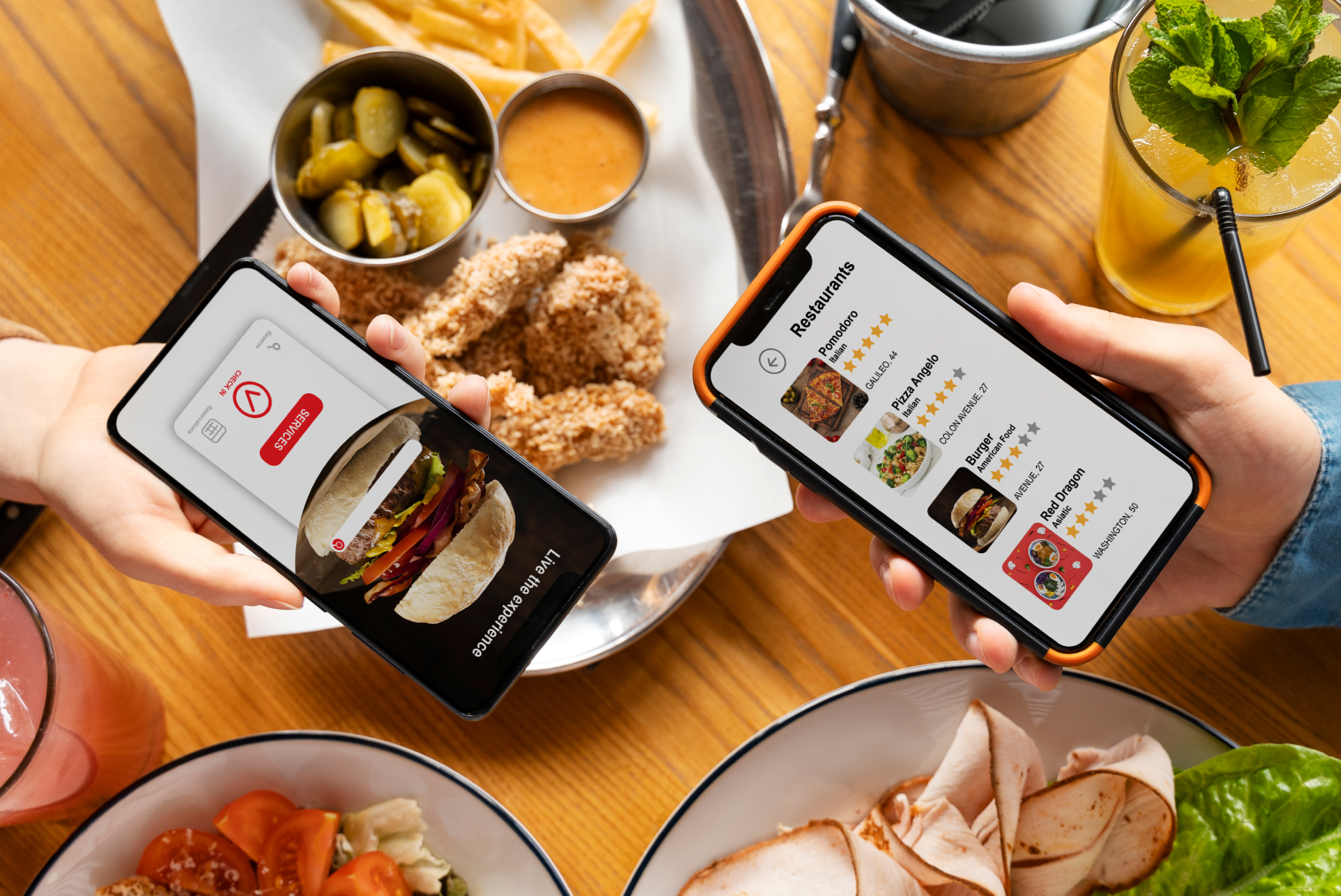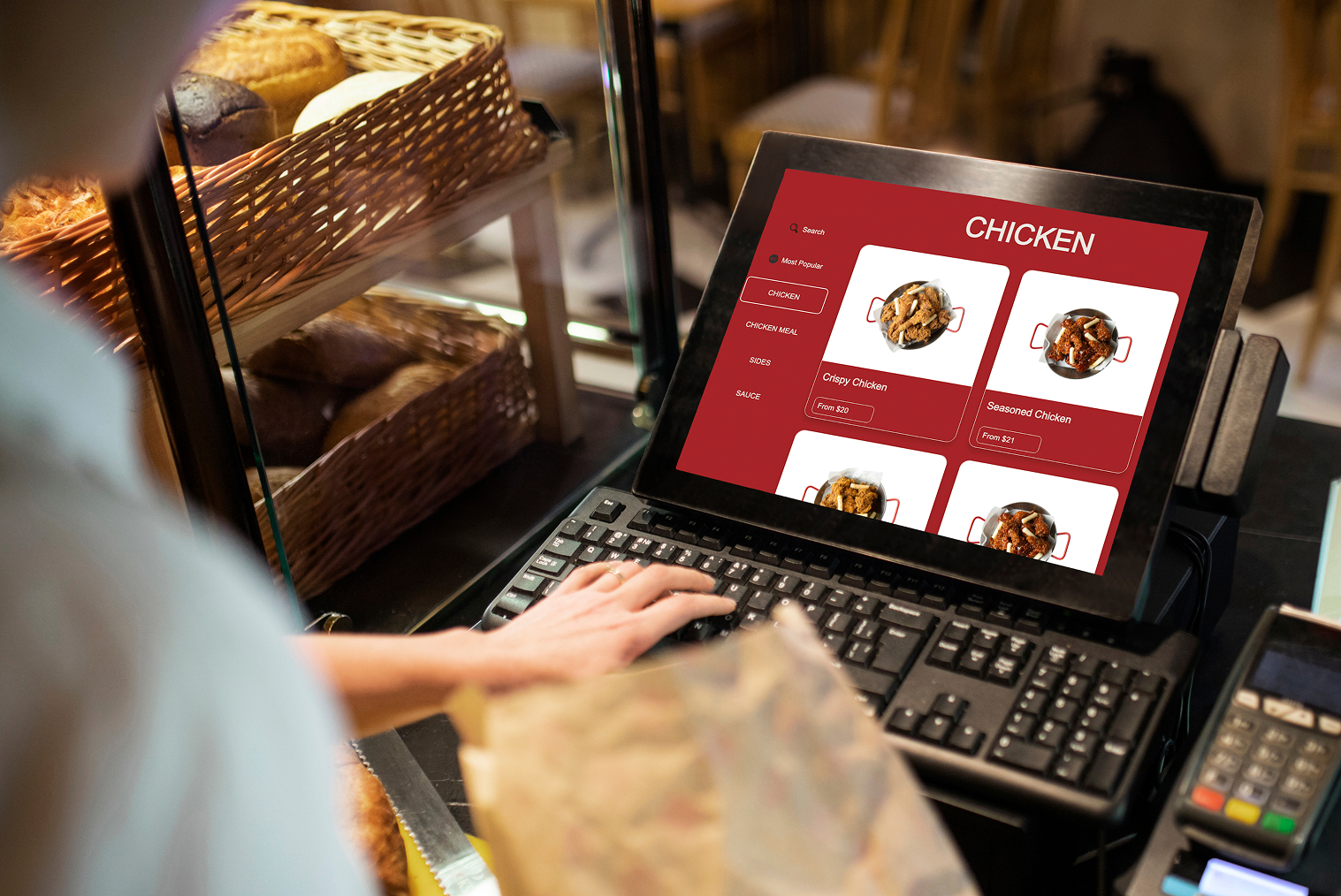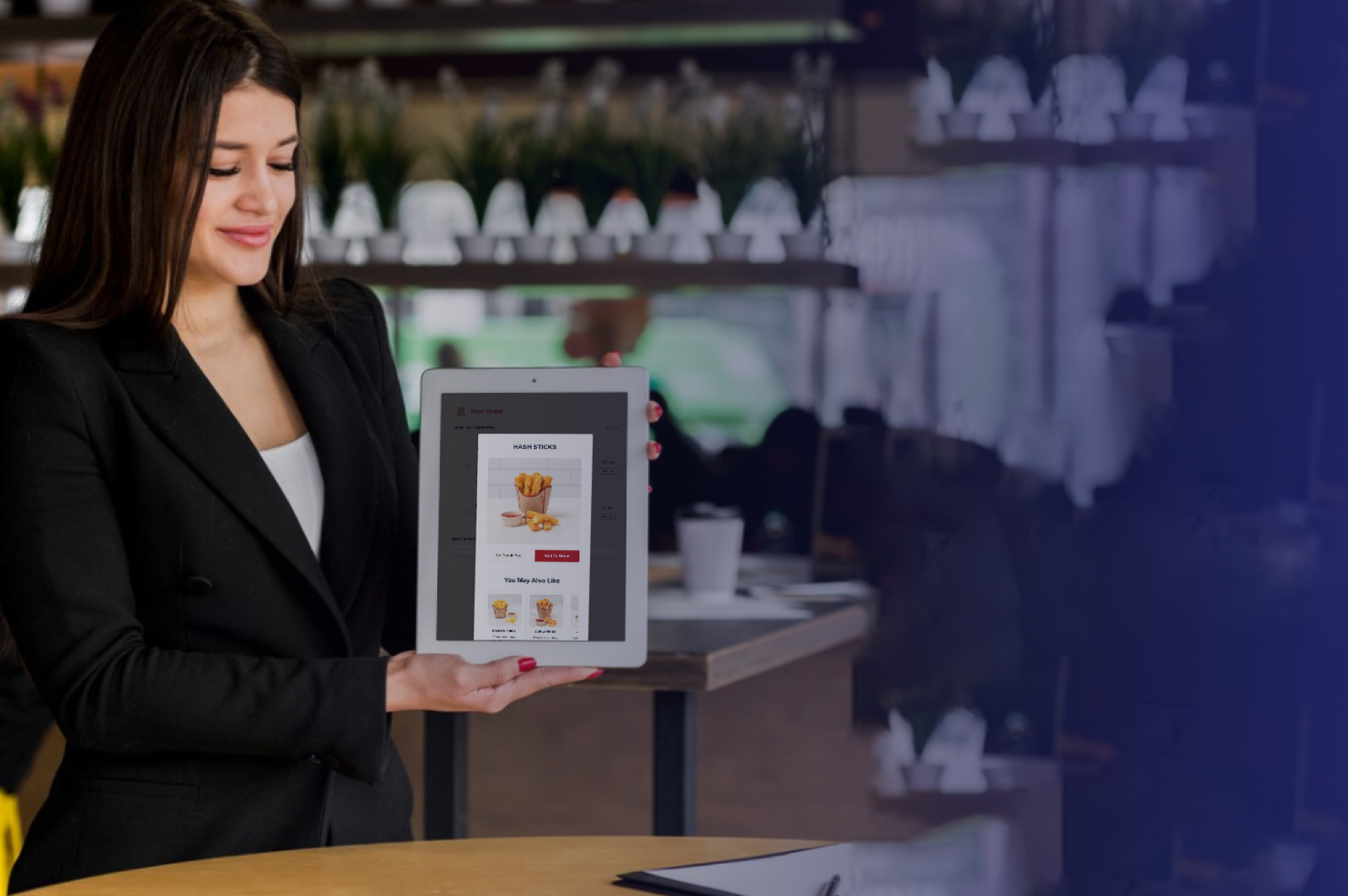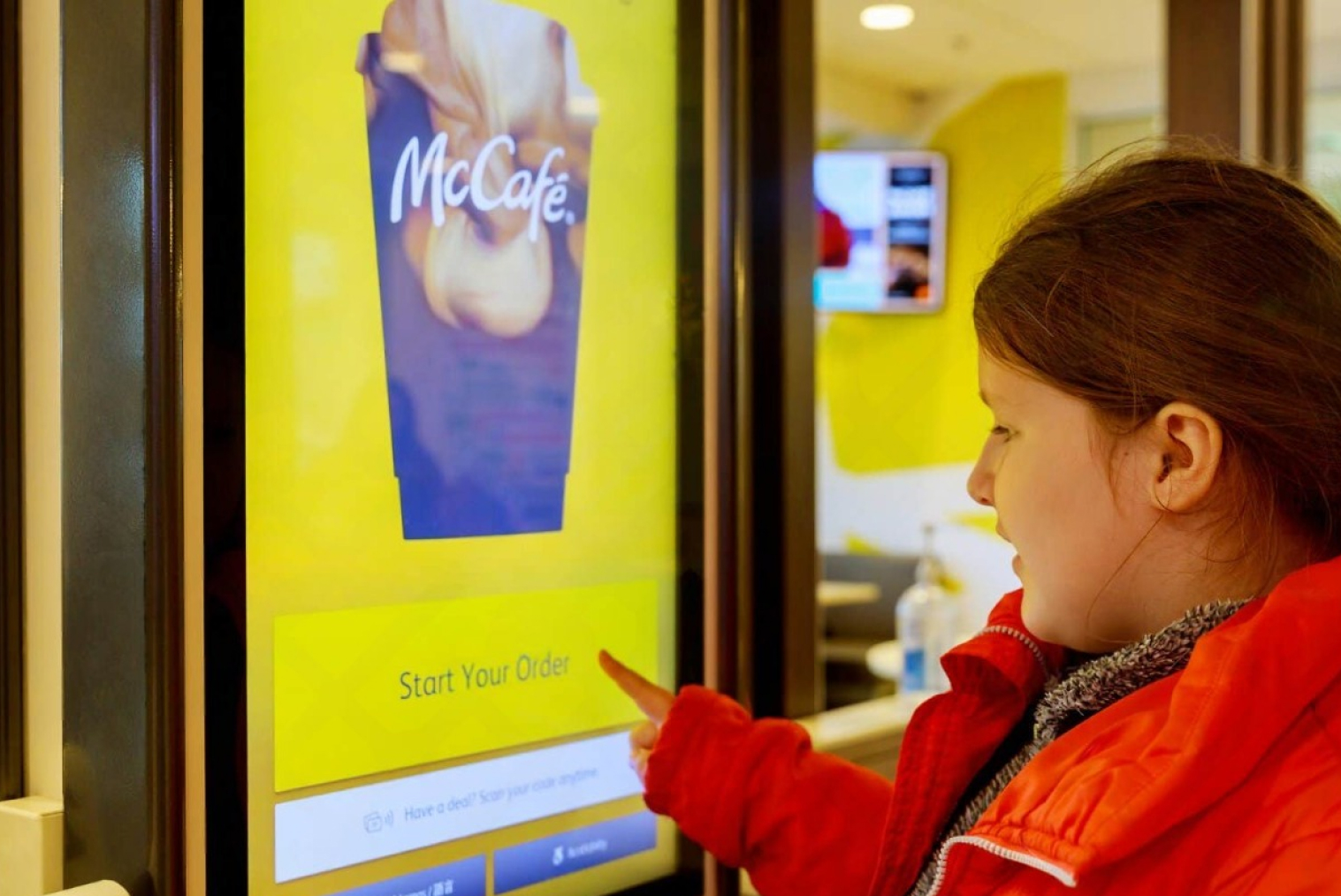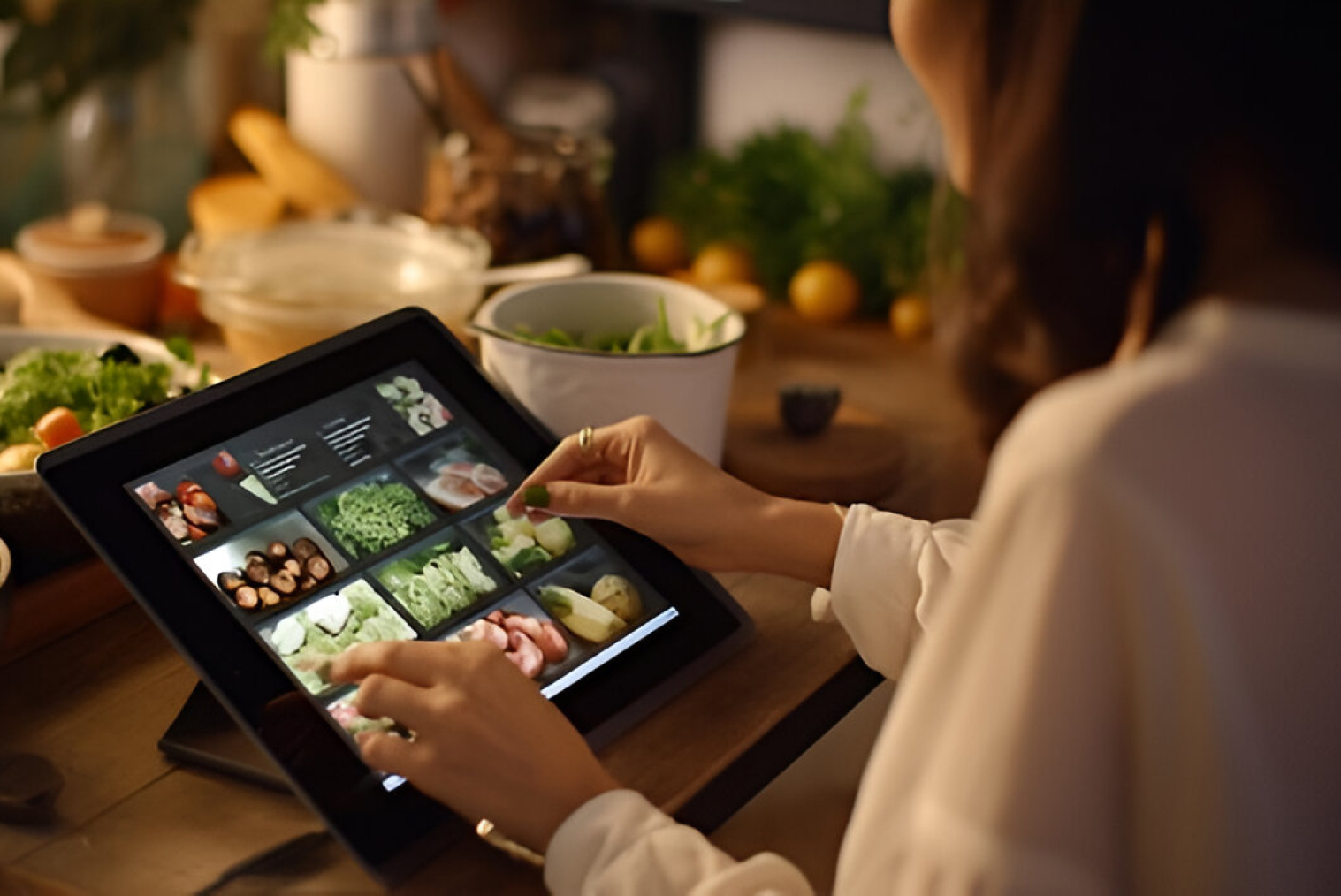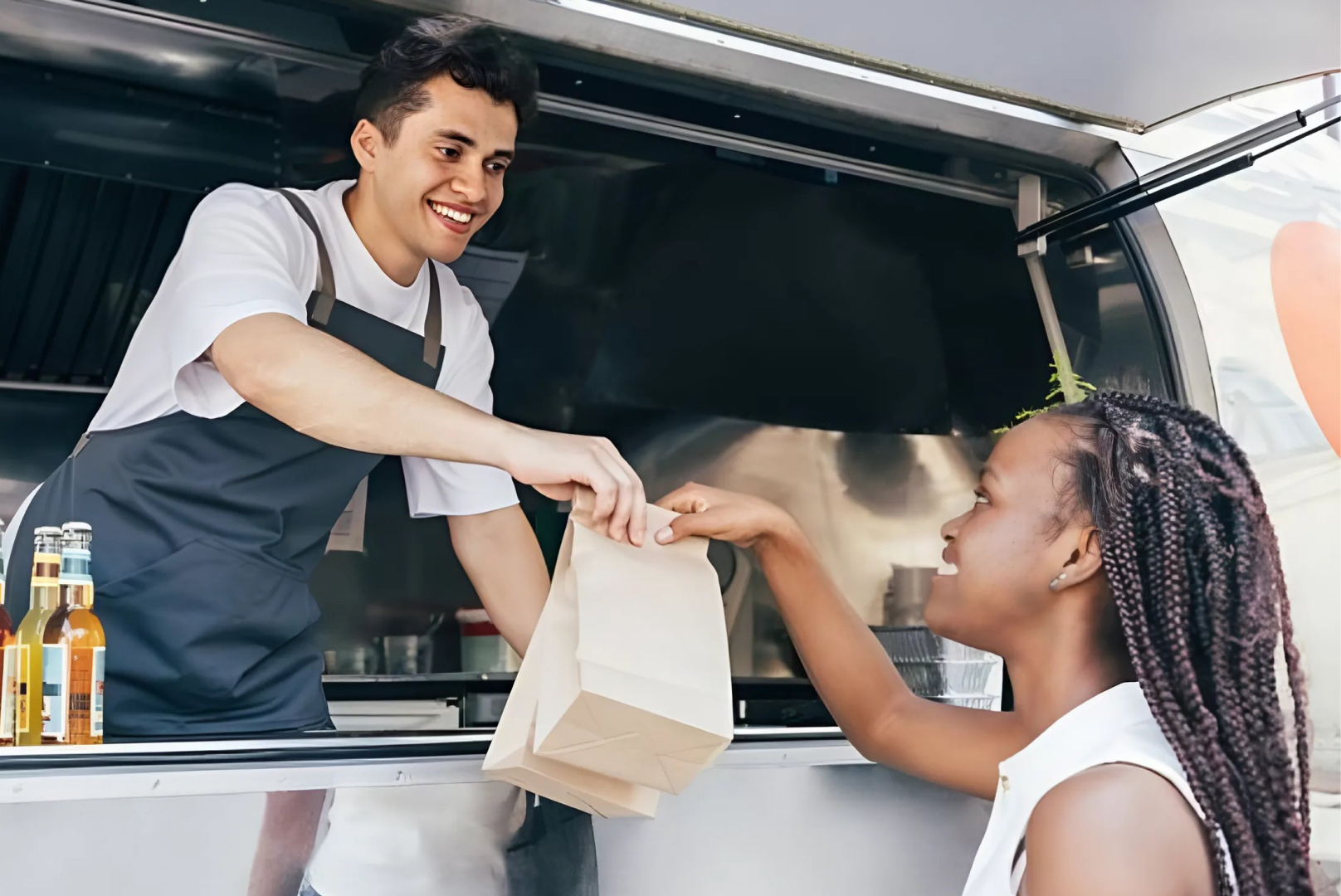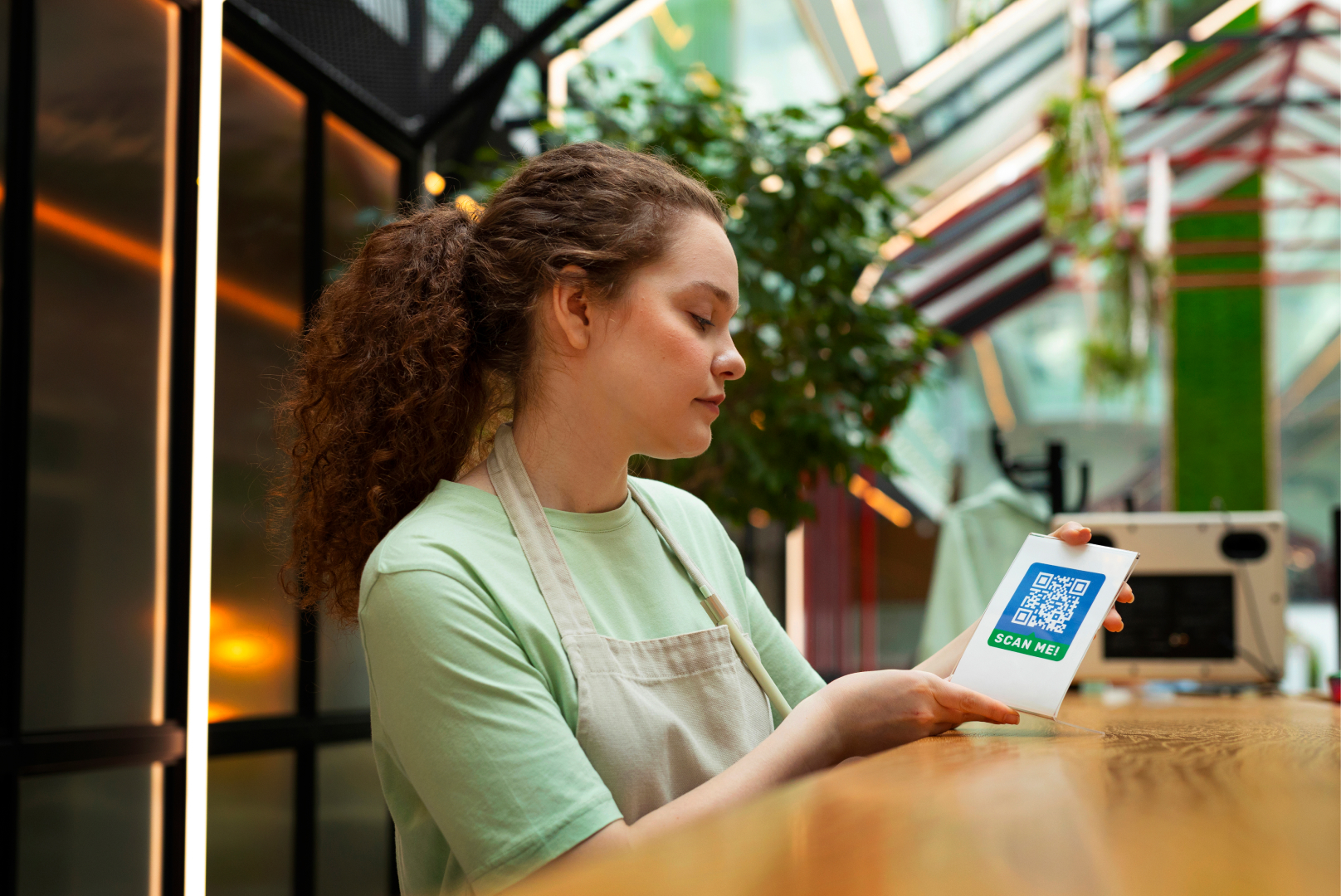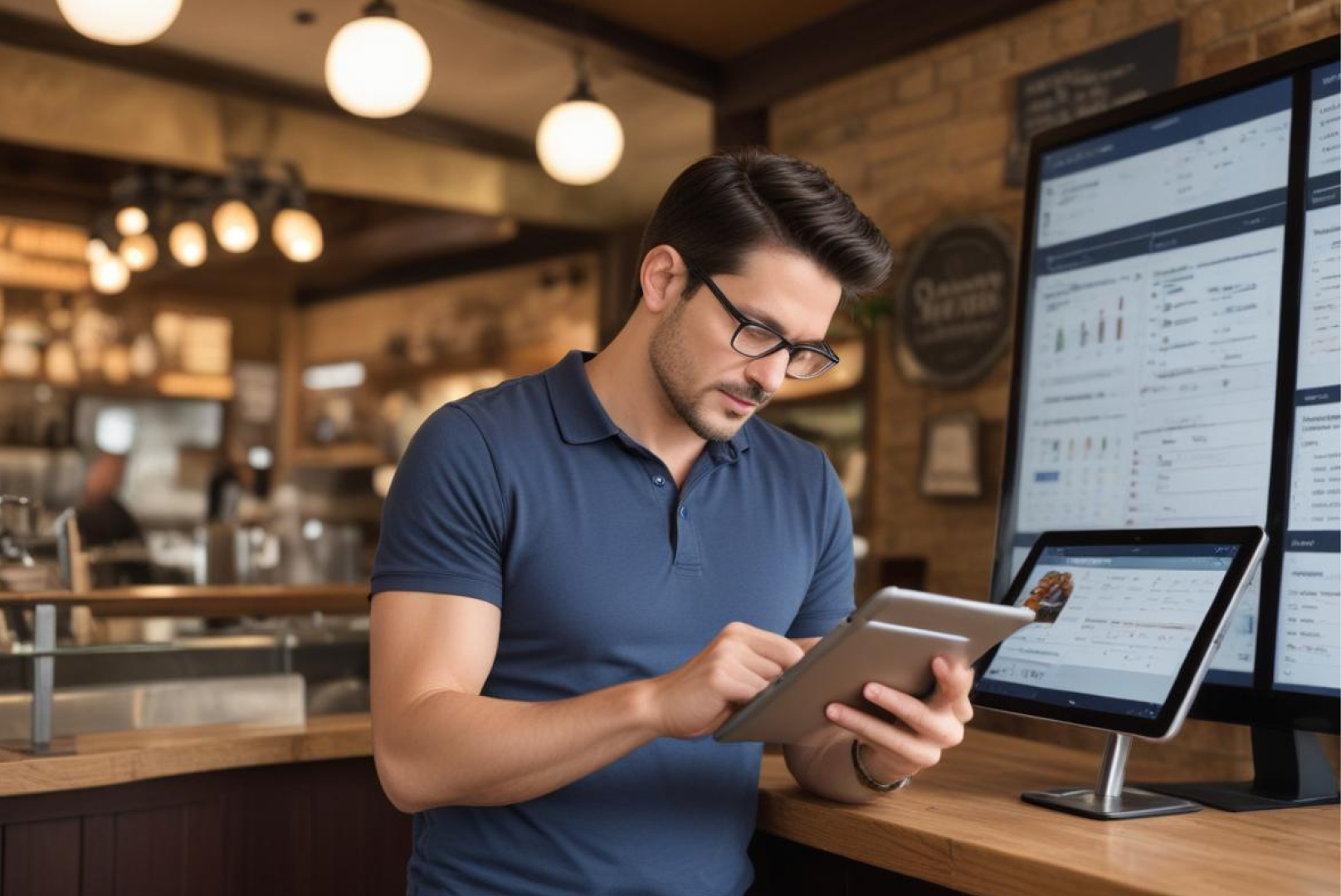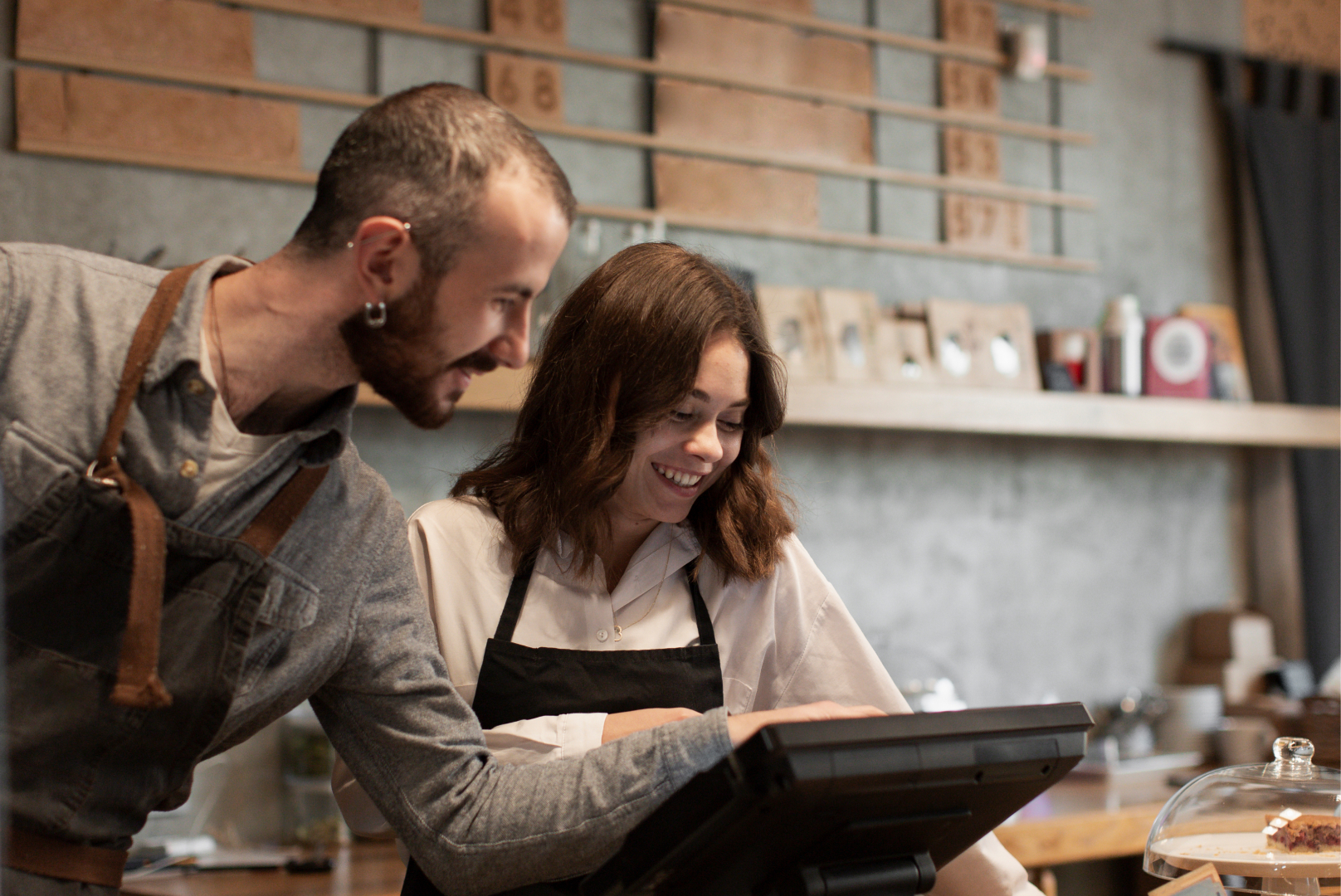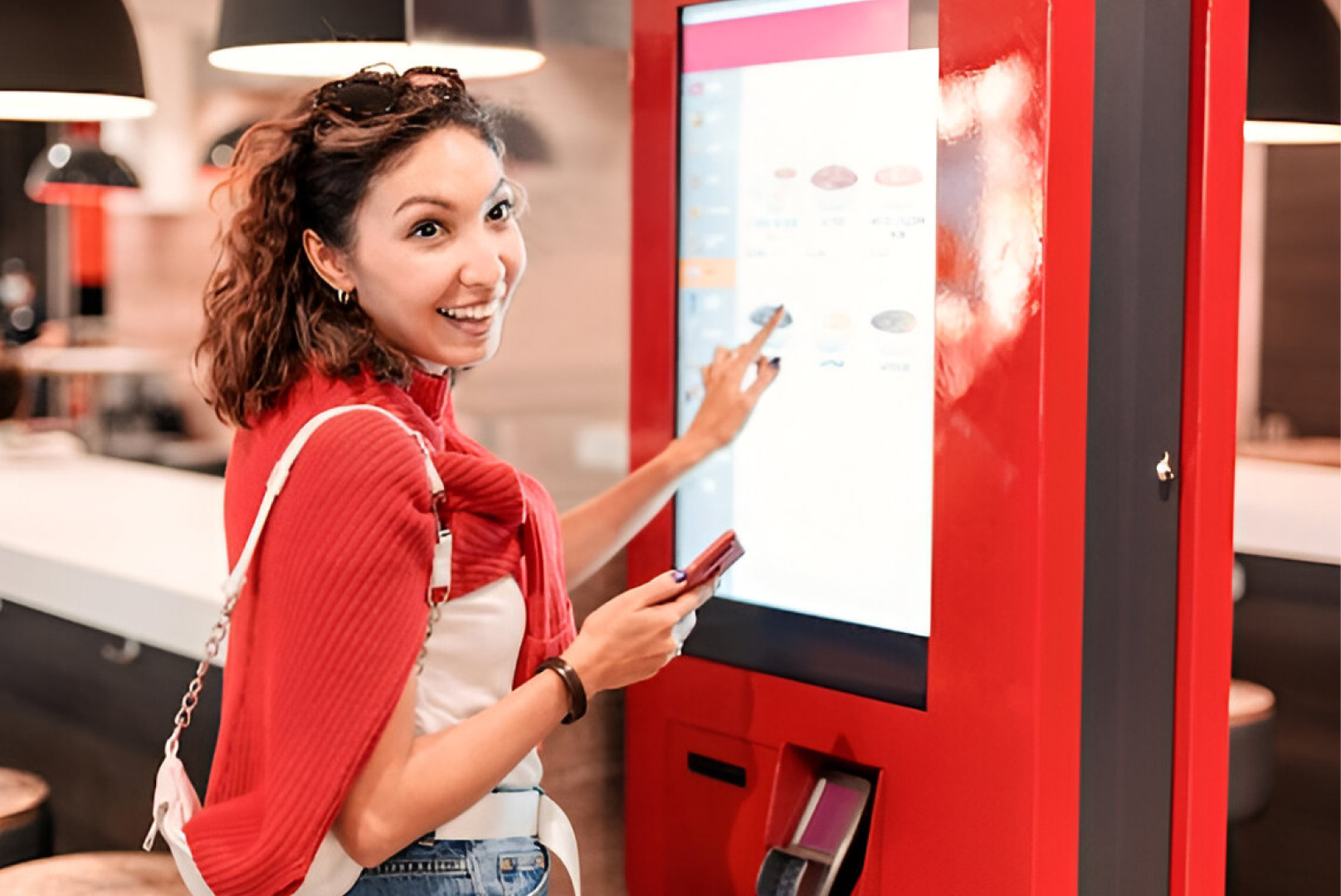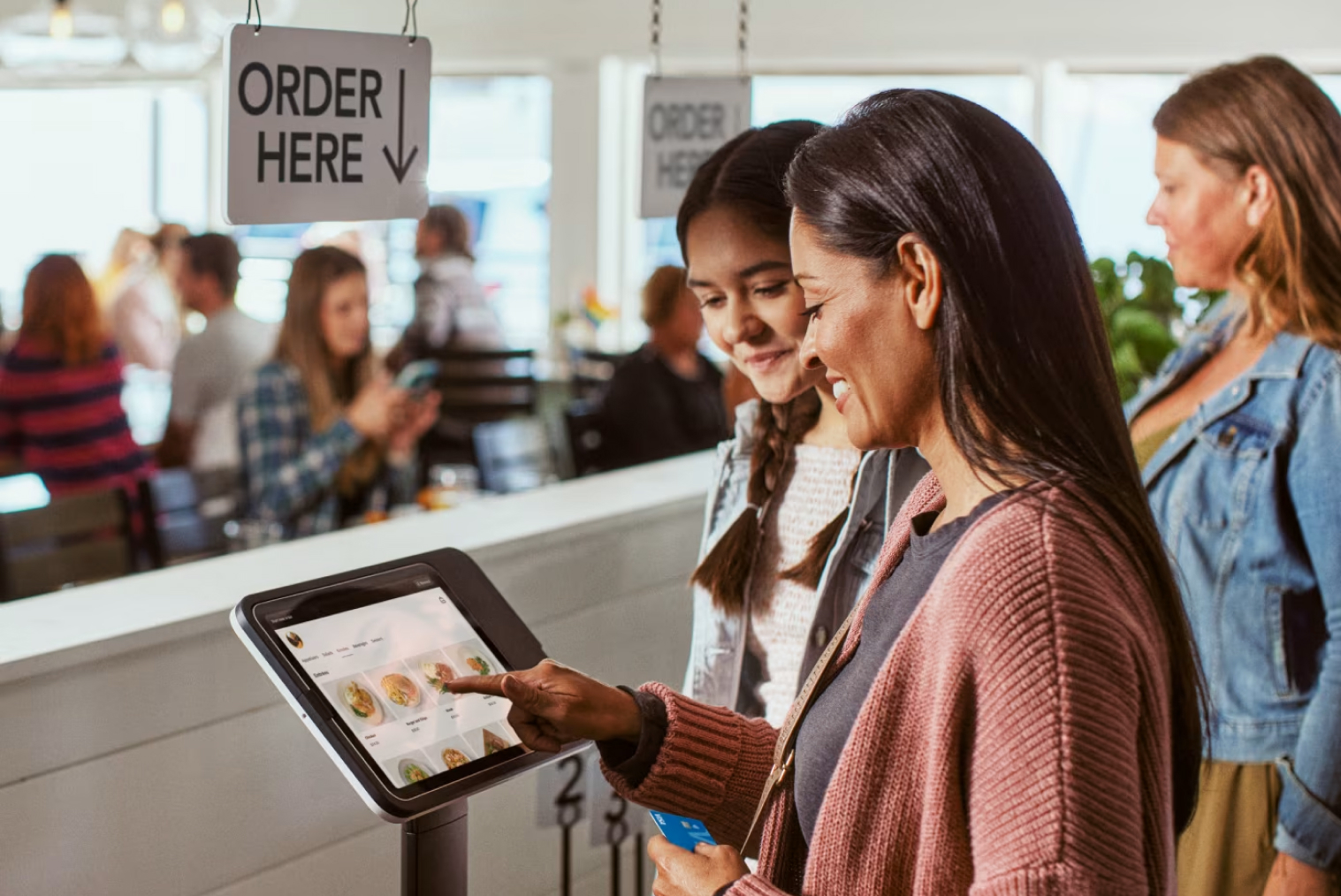Coffee shops survive on two things: excellent coffee and quick service. In today's fast-paced world, consumers want their favorite latte or cappuccino without having to wait in long lines. That's where a self service coffee kiosk enters the picture. These kiosks are revolutionising the way coffee shops do business, making ordering quick, seamless, and profitable. But how, exactly, does a kiosk for coffee shops increase sales, and why are more cafes embracing this technology? Let’s break it down.
What Is a Self Service Coffee Kiosk?
A coffee kiosk is an electronic touchscreen system that enables customers to order and pay for their orders without having to go through a cashier. It is like having a virtual barista that does not tire. The self-service ordering kiosk takes orders, sends them straight to the counter or kitchen, and ensures that customers always get what they want quickly and accurately.
In short, it's an intelligent solution that brings together convenience, efficiency, and customer satisfaction.
How Does a Coffee Kiosk Increase Sales?
This is the exciting part: an automated self service coffee kiosk not only enhances speed, it actually drives sales.
Key Sales Drivers:
Faster Service, More Orders
When customers don't have to stand in line, they're more likely to purchase. McDonald's discovered in a study that kiosks boosted average order size by as much as 20%. Coffee houses experience the same phenomenon—more customers served in a shorter time equates to higher revenue.
Upselling and Cross-Selling
The kiosk can propose add-ons such as "Would you like to have a croissant with your cappuccino?" or "Upgrade to a large latte for an additional $0.50." These gentle pushes boost average ticket size without requiring staff to upsell.
Reduced Order Errors
Consumers enter their own selections, which reduces errors. Fewer errors translate to less waste and greater profit margins.
Loyalty and Rewards Integration
A self-service order kiosk may integrate with loyalty apps, providing personalised promotions that ensure repeat visits.
Real-World Example
Consider Pret A Manger in London. They tested kiosks in high-traffic city stores and experienced reduced lines, quicker turnover, and consumers ordering more food along with their coffee. Likewise, Starbucks in South Korea incorporated self service coffee kiosks, leading to reduced wait times and greater sales during peak hours.
The findings are evident: the less time consumers waste waiting, the more money they are likely to spend.
Components of a Coffee Kiosk
To understand how it works in your café, here’s what a typical kiosk for coffee shop includes:
Touchscreen Interface – Customer-friendly design for quick ordering.
POS Integration – Orders sync directly with your coffee shop’s point-of-sale system.
Payment Options – Accepts cards, wallets, and contactless payments.
Custom Menu Display – Visual menus help customers choose quickly, increasing impulse purchases.
Why Coffee Shops Should Invest in a Self Service Ordering Kiosk
Customer Convenience: Goodbye, morning rush hour lines.
Staff Efficiency: Baristas become coffee artists, not order-takers.
Data Insights: Monitor customer tastes, peak times, and most popular drinks.
Scalability: Simple to add kiosks as your coffee shop expands.
Conclusion: The Future of Coffee Shops
Installing a self service coffee kiosk isn't only trendy—it's a savvy business decision. From decreasing lines to selling more upsells, kiosks provide a more streamlined customer experience while generating higher revenues. No matter if you own one café or a coffee shop chain, spending in a kiosk for coffee shops may be the break that separates you from being middling and being legendary.
So, if you’re looking to boost sales, delight customers, and future-proof your café, the answer is simple: embrace the self-service ordering kiosk.
Frequently Asked Questions (FAQs)
Q1. Are coffee kiosks profitable?
Yes, coffee kiosks are highly profitable when placed in the right location and supported with efficient service. Since kiosks reduce labor costs, speed up service, and encourage upselling, coffee shops can increase both revenue and profit margins. Many cafés report higher peak-hour sales and reduced waste after installing a self service coffee kiosk.
Q2. How much does it cost to start a coffee kiosk?
The cost of starting a kiosk for coffee shops varies depending on size, equipment, and technology. A basic setup can start from $5,000–$10,000, while advanced kiosks with integrated POS, loyalty systems, and digital menus can range from $15,000–$25,000. Though the upfront investment may seem high, most businesses see a strong return on investment (ROI) within the first year due to increased sales and reduced staffing needs.
Q3. What role does upselling play in self-service coffee kiosks?
Upselling is one of the biggest revenue drivers of a self service ordering kiosk. The kiosk automatically suggests add-ons like extra espresso shots, pastries, or size upgrades—without being pushy. These consistent, data-driven prompts encourage customers to spend more per visit. In fact, coffee shops often see a 15–20% increase in average order value thanks to upselling features built into self service coffee kiosks.
